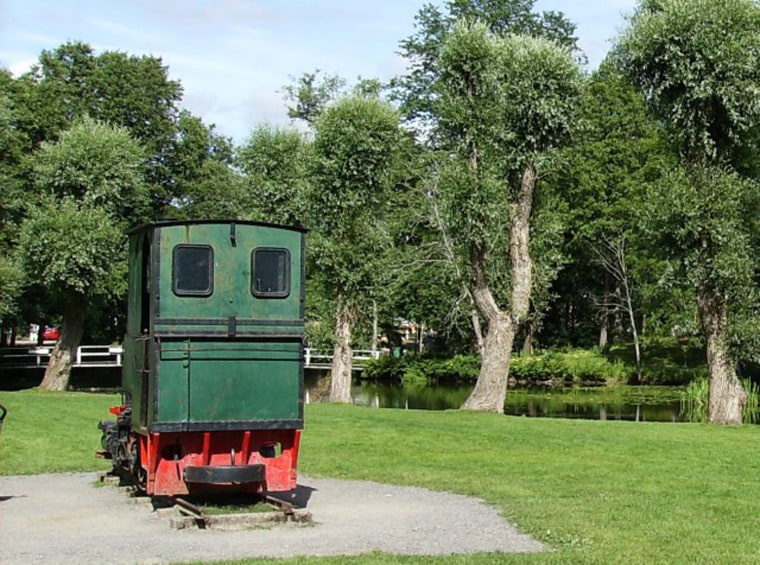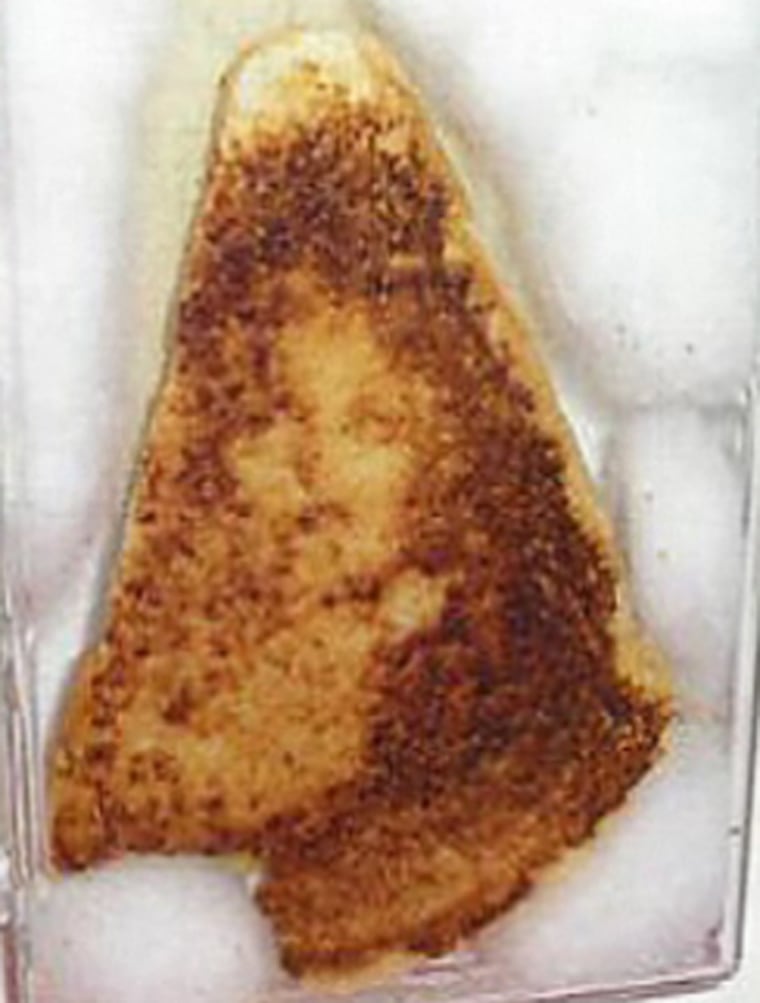
People have claimed to see Jesus in their burnt toast. Others have spotted the Virgin Mary in a 10-year-old grilled cheese sandwich, or seen a vague resemblance to Elvis in an oddly shaped potato chip.

These folks aren't wacky or crazy, and they don't need their eyes examined. They're experiencing what's known as the illusory face perception, a tendency to see face-like areas in non-human things. They may see facial features in nature (in cloud formations or rock ledges) or inanimate objects (food or household items).
Now, a small study from Finland, published in the journal Applied Cognitive Psychology, has attempted to find out what types of people are most likely people to pick up on these visual perceptions.
"An ability to see faces is more common in some people than others due to differences in how our brains process information," says study author Tapani Riekki, a doctoral student in the division of cognitive psychology and neuropsychology at the University of Helsinki. "It's normal, and actually fun, that our mind plays tricks and triggers the face perception when no actual faces are present," he suggests.
Researchers wanted to determine if religious and paranormal beliefs played a role in a person's ability to perceive a face when no face is truly there. So they recruited 47 men and women, and they compared 19 people who had a favorable opinion of paranormal powers -- such as clairvoyance and astrology -- to a group of 20 participants who were skeptical of these phenomena.
A second analysis compared results from 20 people who considered themselves religious to 19 non-religious individuals.

In the study, researchers had volunteers complete a detection task: Participants viewed 185 color photos on a computer screen (98 had face pictures, 87 did not) and they had four seconds to determine if they could detect a face-like area with eyes and a mouth within each picture. If they saw a face, they were asked to point to its location.
The images included landscapes and nature scenes as well as buildings and objects. Some face-like features were staged (an arrangement of tools on a table), while others were found naturally in the real world (in rock formations or tree trunks).
The researchers purposely chose "face" photos that were harder to detect to better show the individual differences between all four experimental groups.
The study found that religious people and paranormal believers perceived more face-like areas when some were present compared to non-religious individuals and skeptics. But believers also saw more face-like patterns in pictures when none were there.
"Our results show that the difference between the groups is not at the perception level but at the level of interpreting," says Riekki. More specifically, they found that the difference was in how much information was needed to raise the perception of "something face-like" in the image.
Citrus Christ? Cheesus? 13 religious sightings
Paranormal and religious believers had a lower criteria for believing they saw a face, and they also rated faces as more face-like and showing stronger emotions. These findings imply believers may be more susceptible to the suggestion that faces may be present in the images.
"Even a small amount of information, perhaps just two dots that slightly resemble eyes may trigger the idea that this could be face-like," Reikki explains.
"In other words, the believer groups found more meaningful patterns in ambiguous pictures," he points out.
Face of pain? Man's image seen in ultrasound
Itchiness is contagious, just like yawning